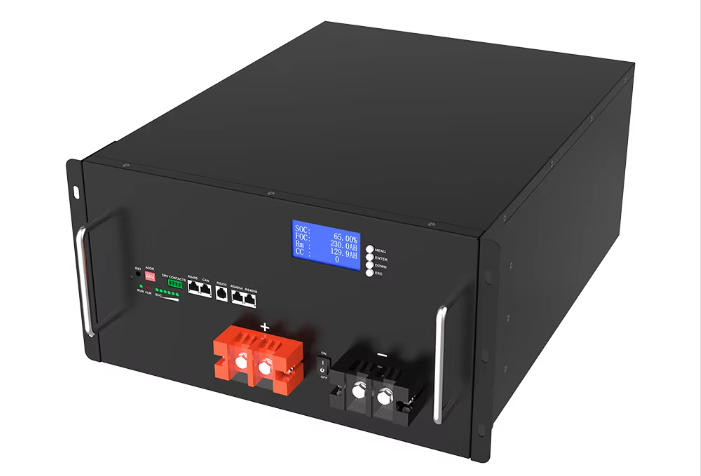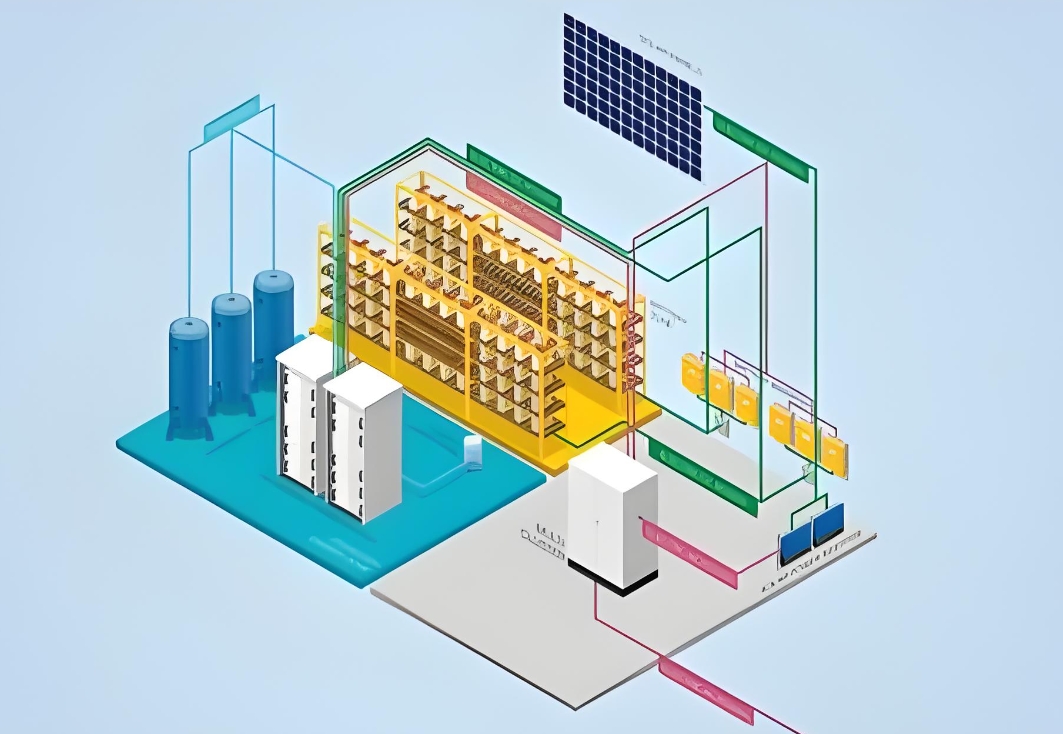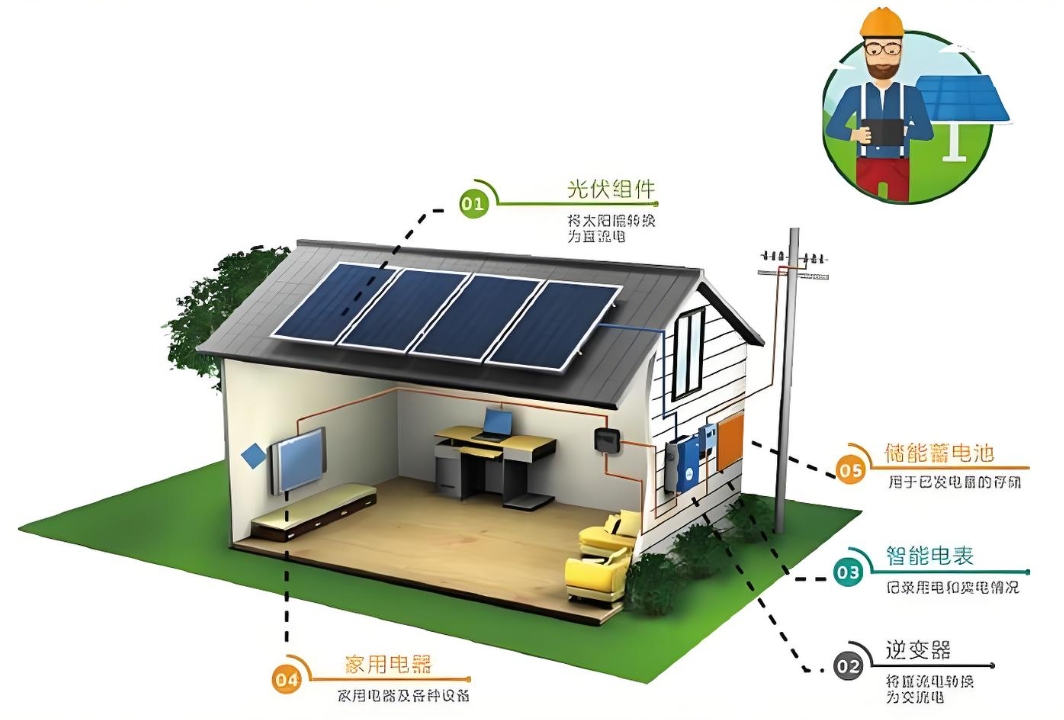Comprehensive Guide to Base Station Energy Storage Battery Solutions:
Introduction: The Critical Role of Energy Storage in Modern Telecom Networks
With the rapid expansion of 5G networks and the increasing demand for uninterrupted connectivity, reliable power backup for cell towers has become a non-negotiable requirement. Traditional grid power in remote areas is often unstable, and diesel generators are costly and environmentally harmful. Lithium-ion battery systems have emerged as the optimal solution for base station energy storage, offering 24/7 power resilience, lower operational costs, and eco-friendly performance. This article provides a detailed analysis of lithium battery configurations, pricing models, and real-world applications tailored for telecom operators.
Part 1: Why Lithium Batteries Outperform Traditional Solutions
1.1 The Limitations of Lead-Acid Batteries
- Short Lifespan: 3–5 years vs. 10+ years for lithium batteries
- Low Efficiency: 70–80% energy efficiency vs. 95%+ for lithium
- High Maintenance: Frequent water refills and terminal cleaning
- Temperature Sensitivity: Performance drops below 0°C or above 40°C

1.2 Advantages of Lithium-Ion Batteries
- Long Cycle Life: 6,000+ cycles at 80% depth of discharge (DoD)
- Compact & Lightweight: 60% smaller footprint than lead-acid equivalents
- Wide Temperature Range: Stable operation from -20°C to 60°C
- Smart Monitoring: Real-time remote management via IoT platforms
Part 2: Base Station Energy Storage Configuration Guide
2.1 Typical Power Requirements for Telecom Towers
A standard 4G/5G base station consumes 2–5 kW of continuous power. For 8–12 hours of backup time, the energy storage system must deliver 16–60 kWh. Below is a sample configuration for a 5 kW load with 10-hour backup:
| Component | Specifications |
| Lithium Battery Module | 51.2V 200Ah LiFePO4 (10.24 kWh per unit) |
| Number of Modules | 6 units (61.44 kWh total) |
| Battery Management System | 150A Smart BMS with CAN/RS485 comms |
| Hybrid Inverter | 5kW 48V DC Input, 230V AC Output |
| Solar Compatibility | Optional 10kW PV array integration |
2.2 Key Technical Features
- Modular Design: Scale capacity from 10kWh to 100kWh+
- Grid/Diesel Hybrid Mode: Automatic switchover in<10ms
- Cybersecurity: AES-256 encryption for remote monitoring
- Fire Safety: UL9540A-certified thermal runaway prevention
Part 3: Pricing Breakdown and ROI Analysis
3.1 System Cost Estimation
| Component | Quantity | Unit Price (USD) | Total (USD) |
| LiFePO4 Battery Module | 6 | $1,800 | $10,800 |
| Hybrid Inverter | 1 | $2,500 | $2,500 |
| BMS & Monitoring System | 1 | $1,200 | $1,200 |
| Installation & Commissioning | $1,500 | $1,500 | |
| Total Investment | $16,000 |
3.2 Cost Comparison: Lithium vs. Lead-Acid
| Factor | Lithium System | Lead-Acid System |
| Initial Cost | $16,000 | $8,000 |
| Replacement Cycles (10 yrs) | 0 | 2–3 replacements ($16k) |
| Maintenance Cost (10 yrs) | $500 | $3,000 |
| Energy Losses (10 yrs) | $1,200 | $4,800 |
| Total 10-Year Cost | $17,700 | $31,800 |
ROI Insight: Lithium systems save 44% over a decade, with breakeven achieved in 3–4 years.
Part 4: Top 5 Benefits for Telecom Operators
1. Uninterrupted Service
Guarantee 99.99% network uptime even during grid failures or natural disasters.
2. Reduced OPEX
Eliminate fuel costs for generators and cut maintenance labor by 70%.
3. Sustainability Compliance
Meet ESG goals with zero emissions and recyclable battery materials.
4. Future-Proof Scalability
Easily expand storage capacity as 5G energy demands grow.
5. Smart Energy Management
Optimize grid/solar/diesel usage via AI-powered load forecasting.
Part 5: Real-World Case Studies
Case 1: Rural 5G Tower in Kenya
- Challenge: Daily 8-hour power outages
- Solution: 48V/400Ah LiFePO4 system (20kWh) + 8kW solar panels
- Result: 100% uptime, $12k/year saved on diesel costs
Case 2: Urban Macrocell Site in India
- Challenge: Space constraints and frequent load shedding
- Solution: Stackable 51.2V/100Ah lithium modules (30kWh total)
- Result: 50% footprint reduction vs. lead-acid, 2-hour backup extended to 6 hours
Part 6: Choosing the Right Supplier – 4 Critical Criteria
1. Certifications
Look for UN38.3, IEC62619, and local telecom standards compliance.
2. Warranty Terms
Minimum 10-year warranty on batteries, 5 years on inverters.
3. Local Support
Ensure 24/7 technical assistance and spare parts availability.
4. Customization Ability
Suppliers should adapt designs for extreme climates or space limits.
Part 7: Future Trends in Base Station Energy Storage
- AI-Optimized Charging: Predictive algorithms to extend battery life by 20%
- Second-Life Batteries: Repurposing retired EV batteries for telecom use
- Solid-State Batteries: Higher energy density (300Wh/kg) prototypes by 2025。



